THE GENERATIONAL JOUST
The two most significant drivers of change in the association world are the emerging prominence of the Generation X and Millennial cohorts in associations’ professions, industries and memberships and the shift in communications technology from PC-based to telecom-based delivery of information and data.
Worldwide usage of wireless fidelity (WiFi) networks is expected to grow from 42 million users in 2003 to 609 million users by 2007, according to a new report by Radicati Group, a Palo Alto, CA-based research firm. Currently, 47 percent of the world’s WiFi users are in the United States. WiFi unplugs the PC and has spawned Intel’s Centrino chip for laptops, the Blackberry, and access points in Starbucks, airports, hotels and other public spaces. But the next step is to migrate Web access and real-time TV to cell phones. This already is happening in South Korea and Finland. In 2003, Verizon launched third generation telephony in the Washington, DC and San Diego areas. This service, called 3G, allows Web access at mobile speeds of ten times dial up and at stationary speeds of 50 times cable modems.
As hard as it is to believe, today only about a third of American teenagers have cell phones. But by the end of 2005, that number will jump to 70 per cent. These kids are part of the first truly connected generation and their desires and demands will define associations and the activity of “associating” in the future. Howard Reingold in his book Smart Mobs coined the terms “thumb tribes, swarming and flocking” to describe how the connected generation interacts.
A Severe Labor Shortage Looms
At the same time that connectivity is changing how people, especially younger people, interact, a serious labor shortage is looming. Beginning about now and peaking in 2010, there will be ten million more jobs in the U.S. than people to fill them. Congruently, the college-educated population between the ages of 24 and 55 will increase a mere two percent between 2000 and 2020. This means a return to an employee-driven workforce, at least until the huge generation of Millennials, the children of the Baby Boomers, enter the workforce en masse.
The Four-Generation Workplace
For the first time since the U.S. was an agrarian society, there are four generations routinely active in the workplace and coming in your membership. While there are some disagreements about the defining years of the cohorts, the breakdown is Traditionals (born before 1945), Baby Boomers (born between 1946 and 1964), Generation Xers (born between 1965 and 1981) and Millennials (born between 1982 and 2002). What are these generational cohorts like? Traditionals are loyal, Baby Boomers are competitive, Gen Xers and skeptical and Millennials are realistic.
What do the different generations want? Traditionals want to leave a legacy. Baby Boomers want to have great careers. Gen Xers want portable careers and Millennials want parallel careers. Some have suggested that Millennials will have as many as nine careers, not jobs, in their lifetimes.
What do these cohorts value? Traditionals value satisfaction. Baby Boomers value recognition. Gen Xers value freedom. Millennials value meaning.
What do these generations expect? Traditionals expect people to “pay their dues.” Boomers want fulfillment. Xers want a seat at the table, now. Millennials want to be heard.
What does an organization’s mission have to say to each generation? Traditionals want meaning. Boomers want it clear and simple. Xers want no BS. Millennials, like traditionals, want meaning.
Each generation has a different view of the future. Traditionals can’t wait to retire. Boomers don’t want to retire. Xers think that they won’t be able to retire. Millennials can’t imaging retirement.
The Generational Joust
As we look at these four generations and their mindsets, it easy to see why associations sometimes have trouble satisfying them in the aggregate. Hard driving Boomers can’t understand why Xers don’t want to work until the wee hours and the Xers accuse the Boomers of not having a life. Xers also blame Boomers for the job deficit and the coming Social Security shortfall that, they believe, will deny them benefits.
Traditionals who worked for years to become the president if their associations are flummoxed by Xers who want to bypass the ladder to the top and make policy now. Millennials and Traditionals both seek meaning in their endeavors. Those who believe in the generational theory of social change see every fourth generation replicating the first. This means that Millennials and Traditionals are more in tune with each other than Millennials and Boomers. This really shouldn’t be surprising since the Millennials are the children of Boomer parents and the Traditionals are their grandparents, who are usually more forgiving.
In research last year, The Forbes Group asked executives on the ASAE list serves some questions about volunteers. Here’s what one executives said about her Gen Xer members: “Support from younger members has to be outcome-oriented. There’s little patience for “process”-oriented service like committees. Their commitment is to accomplishing a task or objective. Once that’s done, they want to be done even if they’re first in line to volunteer for the next task. Talk about “term of office” and you lose them.”
The four generations tend to have a narrow bandwidth of tolerance for each other, but they give their peers enormous leeway, especially the Millennials.
As associations look to the future of their memberships and volunteer bases, the numbers tell the tale. There are 77 million Traditionals, 78 million Boomers, 46 million Xers and 80 million Millennials. That tough in the X generation is what will cause the coming labor shortage. It also may depress the housing market for aging Boomers, the first of whom is eligible for Social Security in 2008, because there are too few Xers to buy their homes so they can move into more “mature-friendly” shelter.
Prepare for the Millennials
Associations should start paying attention to the Millennials because the leading edge of that huge cohort is in the workplace and college. These are your next members, and most associations know little about them as a group even though the Millennials are the children of many of today’s association managers.
The median age of the Millennial generation is 12. In their book When Generations Collide, Lynn Lancaster, a Boomer, and David Stillman, an Xer, describe Millennials as
§ Realistic
§ Optimistic
§ Progressive
§ Loyal
§ Inclusive
§ Collaborative
§ Scheduled
This is one of the most cherished generations in history. They have always been treated as equals in family decision making. Many parents of Millennials say that not only to their children consult on where the family will vacation they often determine the destination. This is a result that most Traditionals would find amazing because their parents were in the “get in the car and don’t expect to eat or go to the bathroom until we’ve done 500 miles” mode.
Millennials have never not known diversity. As schools, especially in urban areas, filled with people from many lands, as Latinos replaced African-Americans as the primary majority, as blended and nontraditional families became less the exception, children were exposed to a variety of cultures and accepted them.
Millennials are great collaborators. A friend’s junior high school-age daughter was on her laptop one day doing a school assignment. She ran into trouble, so she hit her “buddy list” and instant messaged a group of her girlfriends. They tacked the problem together all the while they were making plans for the weekend and talking about boys.
This new generation sees leadership as participative. Like their Xer predecessors, they expect a hearing from those in charge. They haven’t sat silently by in their families and won’t in their associations. They aren’t intimidated by age and experience and see themselves as peers of those older. One professional society executive said, “Our teen contingent is very active and wants to get more involved in leadership and policy making.”
Millennials have been connected since birth. My own granddaughter has had an internet user name and password since she was two. An association executive acquaintance of mine said her eight-year-old daughter was a “big gun” on the Barbie list server. They expect the associative environment to all interconnectivity. Gone are the days when associations could excuse technological poverty by saying, “Some of our members don’t even have fax machines.”
Surprising numbers of Millennials work 20 or more hours a week and not flipping burgers. In some areas, high school students have been pulling down incomes of $30,000 to $50,000 by doing part time computer programming.
Millennials are expert multitaskers. They have been conditioned to be by being the most scheduled generation ever. Where Traditionals and even Boomers remember childhood as freely roaming the neighborhood and playing with friends outside from dawn to dusk, Millennials have been the generation of play dates, soccer practice and ballet lessons.
Because Millennials are realistic and find meaning important, they tend to judge organizations on their merits. This puts significant pressure on associations to assure that their purpose and mission are compelling and not just fluff and slogans. Millennials willingly help the homeless, sign up for Habitat for Humanity and work as candy stripers, but they will quickly see through self-serving organizations that have no connection to the public good. Presumably, associations have that connection, but leaders would be well advised to revisit their social purpose.
What does all of this mean for associations in the future? They most move from the hierarchical lines, and silos and squares kind of organization to a more cellular and holistic model where the component parts of the association – members, board, executive committee, staff, committees and task forces – function as integral, participate and respected parts of the whole like the figure below.
(INSERT HOLISTIC MODEL GRAPHIC)
Associations must move from the structured organizational model where chapters, special interest groups, task forces and regional groups attach like Tinker Toys to the mother ship. Instead, they must make room for self-formation of connection because Millennials, in particular, will demand it. This means allowing physical and virtual involvement around discipline, interest, issue and location. This also may mean new ways of looking at the concepts of participation to allow for shorter and more customized relationships than the traditional annual membership.
(INSERT MOLECULAR MODEL GRAPHIC)
Leadership ladders have to give way to leadership bridges and boards must recognize that diversity of thought builds a better board than similarity of experience.
To attract connection from Xers and Millennials, associations need to shed boring and duplicative work, reduce time demands, shrink the number of elected and appointed officers to avoid the “any warm body” syndrome, and spruce up missions to offer true strategic direction, meaning and attachment to work.
The good news for associations is that Millennials are more than willing to take on multiple assignments. They will gladly volunteer for the right work. They are the first true lifelong learning generation and are good customers for association-provided education. But Millennials can be scary. A dentist recently told me about a new 14-year-old patient who came to see him. Before the boy got in the chair, he told the dentist that he’d Googled him and other dentists to find out their qualifications before making his choice. He also asked the dentist to send the bill to him not his mother, who was “always late paying.” It’s doubtful that a Tradtional, a Boomer or even an Xer would have done such things.
By Bruce Butterfield, CAE, APR
President, The Forbes Group
Fairfax, VA
 United Kingdom
United Kingdom United States
United States Asia Pacific
Asia Pacific


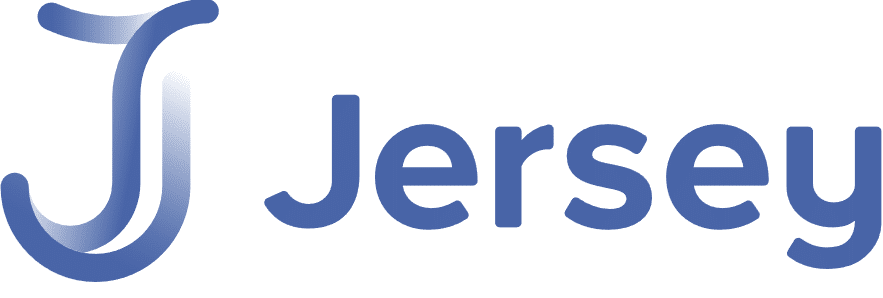
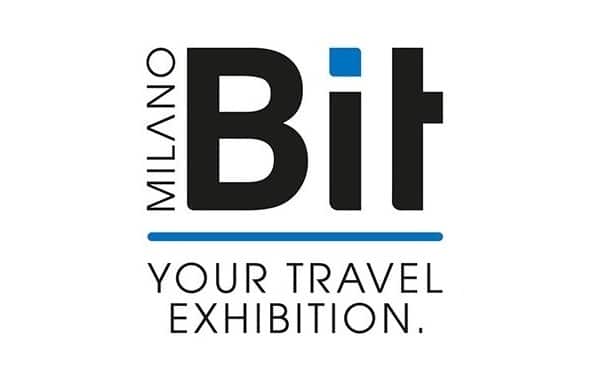
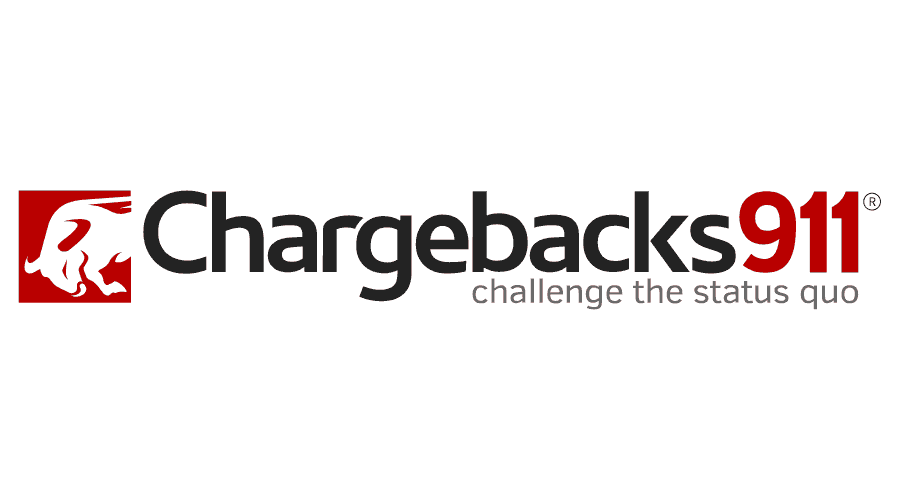




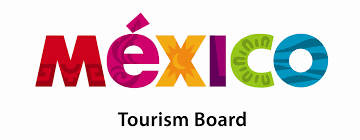

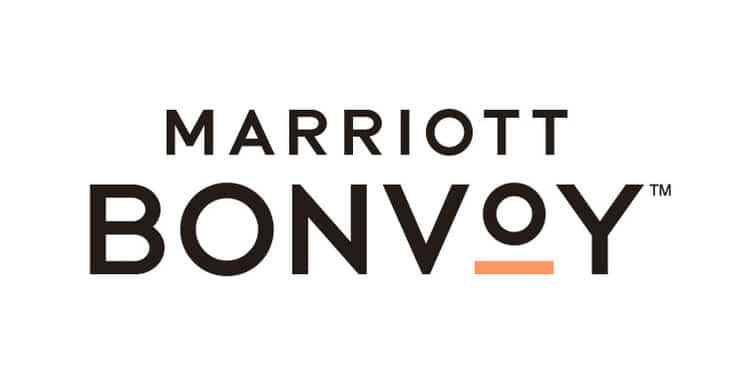


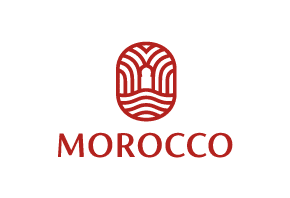




























Dozens fall ill in P&O Cruises ship outbreak
Turkish Airlines flight in emergency landing after pilot dies
Boy falls to death on cruise ship
Unexpected wave rocks cruise ship
Storm Lilian travel chaos as bank holiday flights cancelled